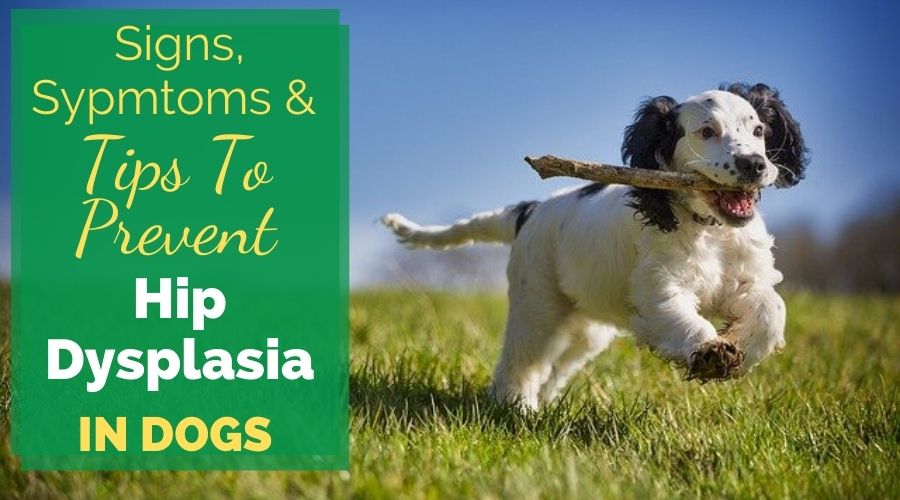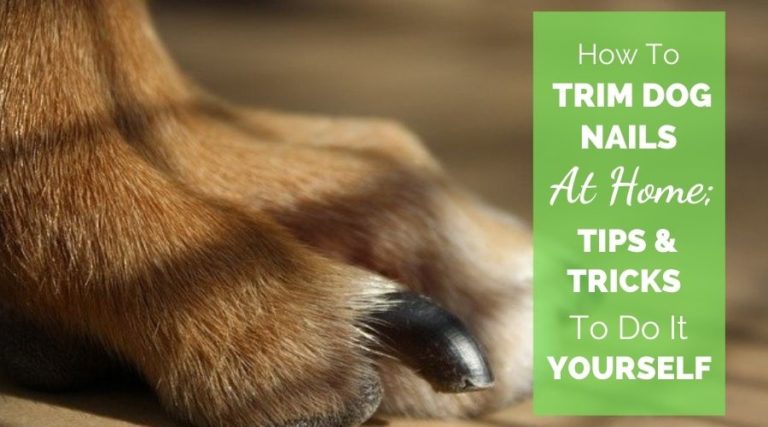{This post may contain affiliate links. This means we may make a small commission at no extra cost to you. This website is a participant in the Amazon Services LLC Associates Program. As an Amazon Associate we earn from qualifying purchases. We only recommend products that we believe will be of value to our followers. Click HERE to see our disclosure for details.}

Hip dysplasia in dogs is a genetic, or sometimes environmental, issue that can start to appear anytime from the ages of 4 to 12 months. Not all puppies in a litter will develop it, though, but if your dog has canine hip dysplasia, he or she should not be bred.
Larger breed dogs have a higher risk of developing hip dysplasia, due to the greater weight these joints will have to bear. But it’s important to realize that small dogs can be affected as well. Large breed dogs at risk include rottweilers, german shephards, golden retrievers, labrador retrievers, dalmations, and blood hounds and many more breeds.
If you are uncertain if hip dysplasia is an issue in your breed, look up the national breed club as they typically list the common health issues for the breed and what tests breeders should do on their breeding dogs.
Canine hip dysplasia affects the ball and socket joint of the hip. The head of the large bone in the dog’s leg doesn’t fit snuggly into the hip socket. The problem is that the socket itself is not well developed, and it creates a lot of stress on the joint. The muscles don’t develop as quickly as the bone grows, and a situation is created where the weight the joint has to bear is greater than the capacity of the ligaments, tendons, and muscles around the joint. Thus joint instability develops. This in turn leads to a greater wear and tear than the joint would normally experience.

What Are The Ranges Of Canine Hip Dysplasia
Mild Hip Dysplasia
Hip dysplasia in dogs ranges from mild to moderate. In mild cases, the space between the joints is greater than normal and the ball at the top of the hip bone is part way out of its socket. Fortunately, in mild cases, there are typically no associated arthritic changes in the joint.
Moderate Hip Dysplasia
In moderate canine hip dysplasia, the top part of the normally rounded hip bone begins to flatten, and it sits only loosely in the joint. Bone spurs begin to develop, and arthritic changes start to happen.
Severe Hip Dysplasia
Unfortunately, in severe hip dysplasia, there is definite arthritis present. And once arthritis appears in the joint, the condition is irreversible. In the severe cases such as this, the hip bone is completely out of the joint. The silver lining is, however, that not all dogs with hip dysplasia and arthritis will become lame. Some may become lame as puppies, some may not ever become lame.
Click on the images below to check out our favorite dog beds on Amazon.



Symptoms Of Hip Dysplasia In Dogs:
- walking with a limp
- a swaying gait
- bunny hopping when running
- difficulty in the back legs when getting up
- pain in the hip
- when the puppy is lying on its back, its back legs may not extend towards the front legs without pain
The only way to find out if your dog definitely has hip dysplasia is if he has an x-ray by a vet. This normally means the dog will have to be sedated, or go under anesthetic.

Tips To Prevent Canine Hip Dysplasia
1. Feed An Appropriate Diet
Don’t feed a growing dog a diet too high in calories. It’s important that the growing dog’s nutritional needs are met, but excessive weight, and rapid weight gain, create more of a load for the joints to bear. If a dog is genetically predisposed to hip dysplasia, this can delay the beginning of symptoms, or reduce the chance of it developing into a more severe form.
2. Only Allow Appropriate Forms Of Exercise
Be careful about the type of exercise growing dogs get. Jumping up and down from heights, and standing on their back legs, such as when they stand against a fence or window to look over it, can aggravate the joints whilst they are growing quickly. Wait until the growth plates close, typically around 18 months but this varies by breed, before allowing this type of exercise.
3. Buy Your Puppy From A Breeder Who Health Tests
Buy dogs from a reputable breeder. If one parent dog has hip dysplasia, the risk of it occurring in the litter is increased. Good breeders take care to prevent this situation from occurring by researching pedigrees and carefully planning their litters. The pedigrees of dogs can be checked to see whether they have been certified as normal by the Orthopedic Foundation For Animals (OFA) in the US. Their website is www.ofa.org.
Another organization that check for markers of hip normalcy in dogs is PennHip. Certain breed dogs have a greater chance of developing hip dysplasia and prospective owners would be wise to take this precaution.
Click on the images below to check out our favorite dog treats on Amazon.



Do your research before getting a dog. Find out what health issues are in the breed of dog you are getting or if your dog is a mix, find out what health issues are in the breeds that create the mix. By educating yourself on the health concerns of each breed, you can be better prepared to find a healthy dog.





